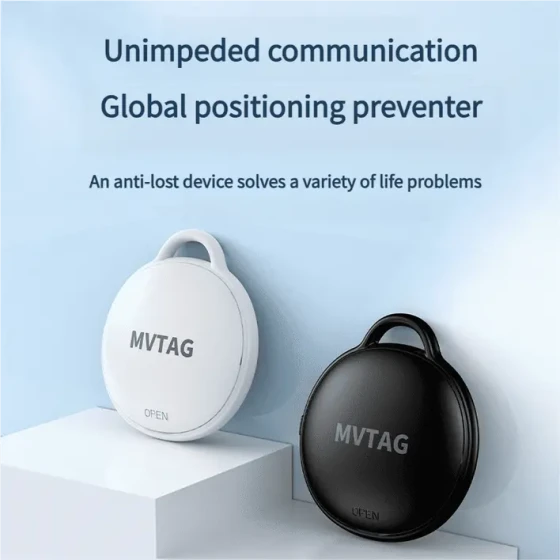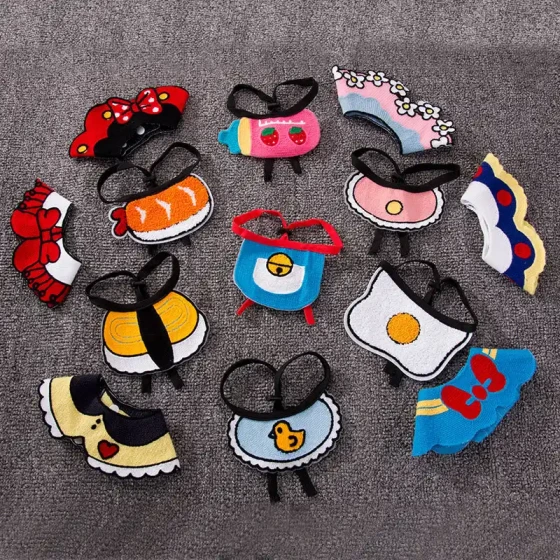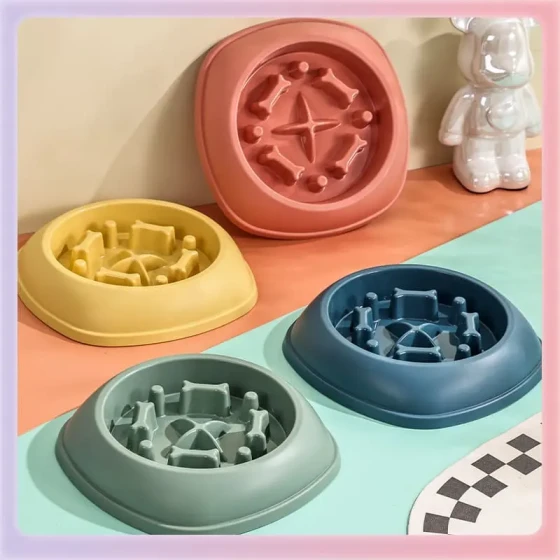How to Care for the Daily Life of a Pekingese Dog

When you own a lovely Pekingese dog (Detailed Introduction), the first thing you need to do is understand the dog’s normal lifestyle and what daily cleaning tasks you should perform. Below, we provide a detailed introduction covering each part of the Pekingese dog's body!
1. About Ear Care for Pekingese Dogs
A healthy dog’s ears should have no wounds or notches, occasionally flap, and be sensitive to sound. Flip back the ear flap; the ear canal should be clean with no discharge, no odor, and the inside of the ear should be pink. The drooping ear flap of the Pekingese often covers the ear canal, and the long hair near the canal can also cover it. Due to poor ventilation, the ear canal is prone to accumulating dirt and moisture, leading to infections and inflammation. If your dog often tilts its head or shakes its ears unnaturally, or rubs its ears on walls or furniture, it likely has an inner ear problem.
Check the dog’s ears carefully every week for signs of inflammation or redness; smell for any unusual odor; touch gently to see if it feels painful. If everything is normal, just clean with a dry cotton ball. For earwax, you can lightly moisten a cotton swab with glycerin and carefully clean, or use veterinarian-recommended cleaning products. If earwax is excessive and hard, disinfect the outer ear canal first with an alcohol cotton ball, then apply 3% sodium bicarbonate ear drops or 2% boric acid water on the earwax. After the dried wax softens, gently remove it with small tweezers. Do not insert tweezers too deep and stay highly focused; if the dog shakes its head, quickly remove the tweezers to avoid injuring the eardrum or the ear canal mucosa. A dog’s ears are very delicate, so be extremely careful during cleaning.
For inflamed ear canals, use 4% boric acid glycerin ear drops, 2.5% chloramphenicol glycerin ear drops, cortisone with neomycin ear drops, etc., three times daily. Ear hair needs regular trimming to prevent it from acting like a filter that blocks normal earwax discharge causing canal inflammation. Increased secretion inside the ear, darker color, or foul smell are symptoms that require immediate treatment; never pour alcohol or iodine casually.
Ear care is very important for dogs to prevent various diseases. The eardrum, like the cornea, is very fragile. When bathing your dog, to prevent water from entering the ears and causing middle ear infections, you can place cotton wool in its ear canal. If the ear canal is chronically inflamed, severe itching may cause the dog to scratch its ears continuously, possibly breaking blood vessels on the ear flap and causing an ear hematoma, which would require surgery.
2. Care for the Pekingese Dog's Teeth
Poor dental hygiene can cause gum abscesses and gingivitis. Once tartar (brown plaque at the junction of the tooth and root) forms, cleaning becomes difficult. If ignored, the dog may begin losing teeth at a young age. Dental care should start from puppyhood.
Here are two tooth brushing methods introduced:
Method one uses a soft towel or sterilized gauze to wipe the dog’s teeth, then a cotton pad soaked in garlic juice to rub the teeth and gums. If food residue remains between teeth, use small tweezers to remove it.
Method two uses a dog-specific toothbrush and toothpaste (available at pet shops) to clean teeth and gums, but do not brush back and forth harshly. If dog-specific toothbrushes are not available, a soft children's toothbrush can substitute. Never use human toothpaste for dogs as it may cause digestive issues. Follow the instructions on the pet toothpaste label, brushing each tooth surface once. At first, the dog may resist and run around, so the owner should patiently help it get used to it.
Remember to feed vitamin-rich and high-fiber fresh vegetables and fruits regularly, and add some coarse, crunchy dog biscuits or special chew snacks outside of regular dog food. Chewing helps clean the tooth surface. Many Pekingese owners pity their dogs for eating slowly and only feed soft meat, but dogs’ teeth need regular exercise, or it harms them.
Regular veterinary checkups are recommended, and professional dental cleaning at reliable hospitals when necessary. Poor teeth cause strong bad breath and seriously affect appetite and nutrition intake, directly impacting health. Therefore, dental care for your dog is a must.
3. Eye Care for Pekingese Dogs
Compared with other breeds, the Pekingese has many unique characteristics requiring special care. For example, as a flat-nosed breed, it is prone to hypoxia; hot weather often leads to breathing difficulties, so sun protection is vital during hot days to prevent heatstroke. Also, the Pekingese has large, protruding eyes with extensive exposure, making them susceptible to injury and bacterial infection. Being a long-haired breed with abundant fur, it is advisable to groom daily. Here we focus on the most problematic area: eye care.
The eyes are the window to the soul, and dogs are no exception. Healthy dogs have lively, bright, and clear eyes with no abnormal discharge. Due to large and exposed eyeballs, Pekingese often face issues like abnormal secretions, injuries, and entropion (inward eyelash growth).
If you notice the Pekingese frequently scratching its eyes with paws or blinking constantly, the eyes may be painful. If caused by a foreign object, use eye wash to remove it—gently open the eye and wipe it with a cloth bandage moistened with eye wash. Eye injuries manifest as sudden intense pain or inability to open one eye. Look carefully for obvious foreign objects, especially glass shards, and carefully remove them. You can also rinse the eye with clean warm water to wash out debris. Avoid placing the dog in overly bright environments. Take the dog to a vet quickly, and prevent it from rubbing the injured eye using paws or objects.
The Pekingese may also have entropion, where eyelashes grow inward irritating the eyeball, causing pain, redness, blurred vision, conjunctivitis, and corneal opacity. This can cause severe damage or blindness. Consult a reliable vet for surgery, which often involves partially cutting the eyelid (similar to double eyelid cosmetic surgery in humans). If surgery fails, the eyelid may become too small, causing more eyeball exposure. Besides surgery, electrolysis can also be used to remove problematic eyelashes.
Abnormal eye secretions are the most common problem for Pekingese. Eye secretions, or tear overflow, are common symptoms of eye disease. Use 2% boric acid water to wash the eyes every day or every other day. As a flat-nosed breed, the Pekingese easily develops prominent eyes and nasal tear duct compression, causing two long brown streaks near the nose between the eyes. If the eyes themselves are normal, just frequently trim the brown-stained fur and wipe dry; but if severe, see a doctor promptly without self-medicating. Long-term use of some steroid-containing eye drops may lead to glaucoma and requires caution.
Because the Pekingese has large eyeballs and produces a lot of tears, it often has excessive tears flowing from the inner eye corner, staining the fur and affecting appearance. Regular eye examination is needed. Excessive tears, very red eyes, or "third eyelid" formation (indicating eyelid swelling) are signs of illness, requiring immediate veterinary attention. During infectious diseases (such as canine distemper) or when eye disease is present, eyelids may swell, and mucus may accumulate in the inner eye corners. While treating other diseases, gently wipe from the eye's inner corner outward with a cotton ball soaked in 2% boric acid or cooled boiled water. Do not wipe back and forth on the eye, never use dry cotton balls as fibers may stick to the eye, and avoid using fingers or hard objects that may injure the eye. After wiping, apply eye drops or ointment to reduce inflammation. When applying eye medicine, place your hand on the dog's head to prevent shaking and apply drops at the back top area of the eye. Keep the dropper level with the eye.
If secretions become cloudy or purulent (thick and discolored), the eyes are likely infected. In such cases, ensure the fur around the eyes does not mat, as accumulated secretions cause infections. Clean around the eyes with cotton gauze soaked in warm water or special eye wash, then take the dog to a reliable animal hospital for treatment.


-560x560.webp)
